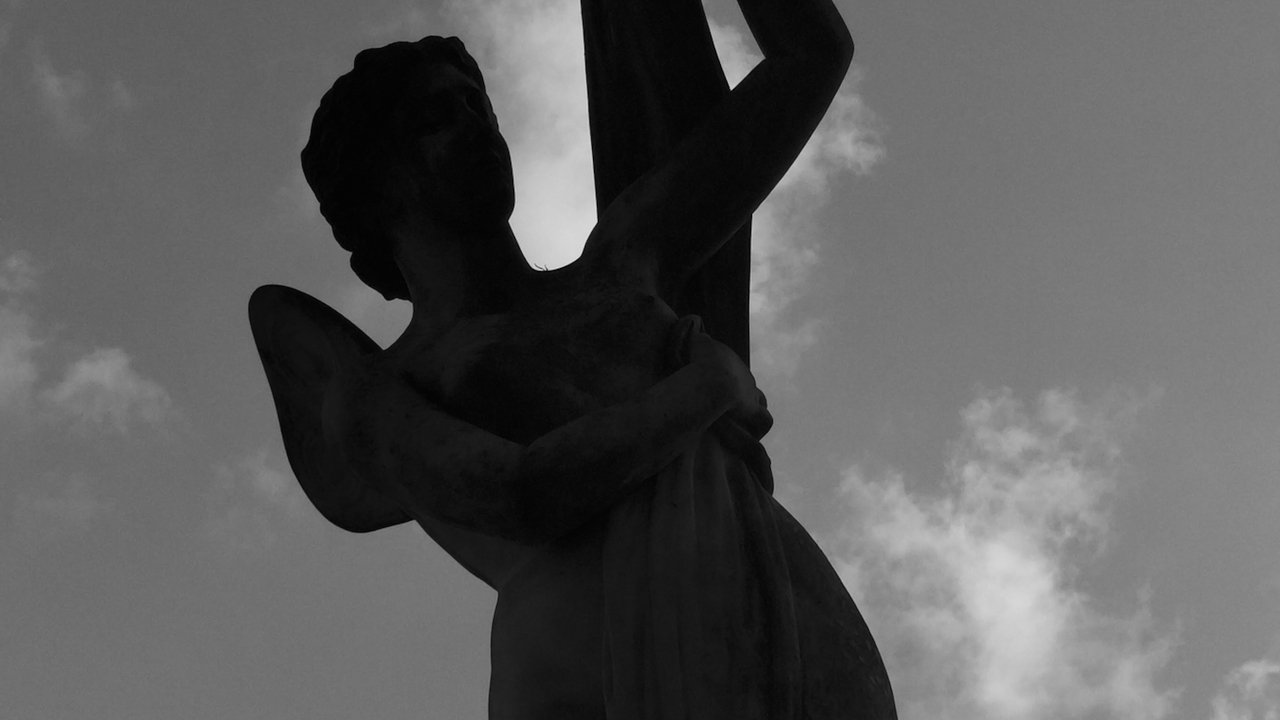Unspeakable Words
What words can’t you say? What must never be expressed?
Milan 2019
As I type these words, I sense the hesitation within my fingers. Just a subtle withdrawal, an awkwardness, a preference toward another subject, even though all that discomfort results from a mere word. An unstylish word which, as I feel myself coming to it, is sure to land flat on the page. To attend the best schools, or to read the most esteemed critics, is to acclimate yourself against this word. It’s obsolete, and voicing its syllables is an indicator of commonness. You haven’t read enough, followed the trends, understood what’s acceptable: cultivated people just don’t talk like that anymore. The word marks you as passé, obscure, stodgy. However, because the word that’s most grating to type is typically the most important word to type, I’ll attempt to hide it in the next sentence, where I offer a humdrum comment about painting. Although it’s mostly accurate that the photograph freed painters to work on canvases that weren’t representational, many painters, in the process, forgot about beauty.
Now that most critics have fled, and plenty of artists have reacted in horror, abruptly confronted with an unsettling, unpalatable sensation, I can press onward. What was it? Did your eye skip over the word that’s used by museum visitors, yet noticeably missing from museums? If I must type it again, I am referring to what’s considered unstylish in art, the kitschy, archaic, unmentionable or perhaps even extinct, for those in the know certainly know that it’s tacky, or, in that more dated term, beautiful.
There’s the art on the walls, and there’s the much more complicated art of deciding what’s art. The work of determining what’s proper doesn’t offer any breaks. New codes, practices, and behaviors must be created, so what’s fashionable is identified, and, much more importantly, what’s tasteless is ostracized. Lifting your chin far above your nose to adjudicate reputations makes for many long days, and leaves no room for the word beauty.
Now here’s an analogous comment about writing: once the novel developed into a more mature form, and more writers began to experiment, many of them forgot about the needs of story. Here, once again, do we have a word used by nearly all readers, yet noticeably absent from most discussions of literature. We have the novel of ideas, the political novel, the novel steeped in a warm bath of ideology, the novel with a message or point or lesson. So we must forgive all those trivial readers looking for that most cheesy detail, a story with a beginning and ending.
A discussion such as this—on beauty, of storytelling—can easily oscillate between the philistine and the elite. Trying to avoid both the crass, and the snobby, feels quite difficult as I type. It becomes a vertiginous lurch from extreme to extreme. Should artists follow prescriptions? Or are prescriptions vulgar?
For the painter in a studio, or the writer at a desk, I’ll halt long before I proclaim any obligations. Neither brush nor pen comes with a burden. One suggestion, however, might be to first entice viewers and readers. It shouldn’t be controversial, or really that grand of a request. Picture a museum visitor with wide eyes and bent just a little bit forward. Curious, speculative, intrigued. And picture a reader adjusting themselves in a chair, sitting a bit taller, rereading a page. Eager, inquisitive, excited. From these rather basic opening poses, feel liberated to take your viewers and readers wherever you wish next. But do began with the poses because those looking at your paintings or reading your words have much to do already. If you’re going to take a little of their time, it’s not much to ask.




